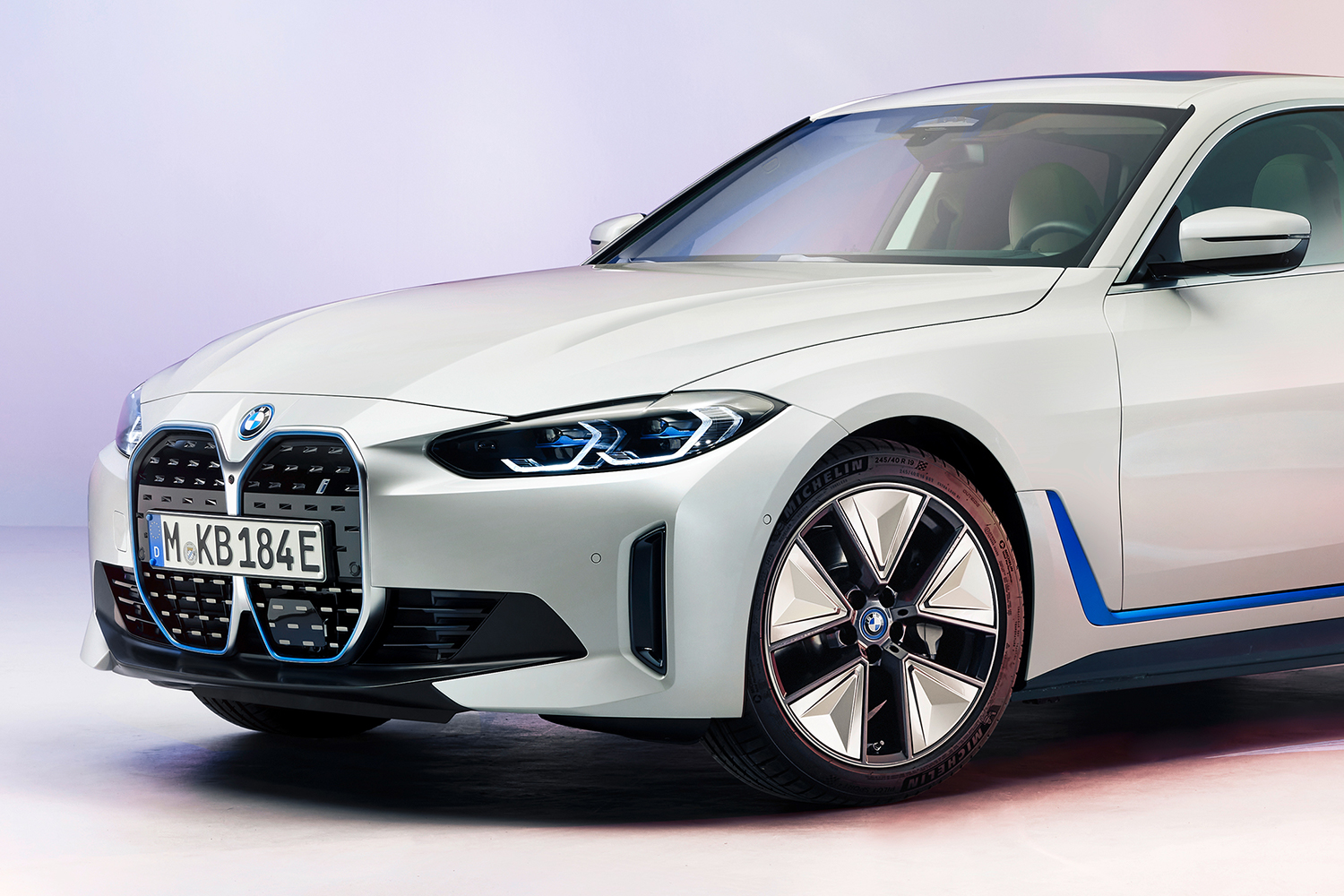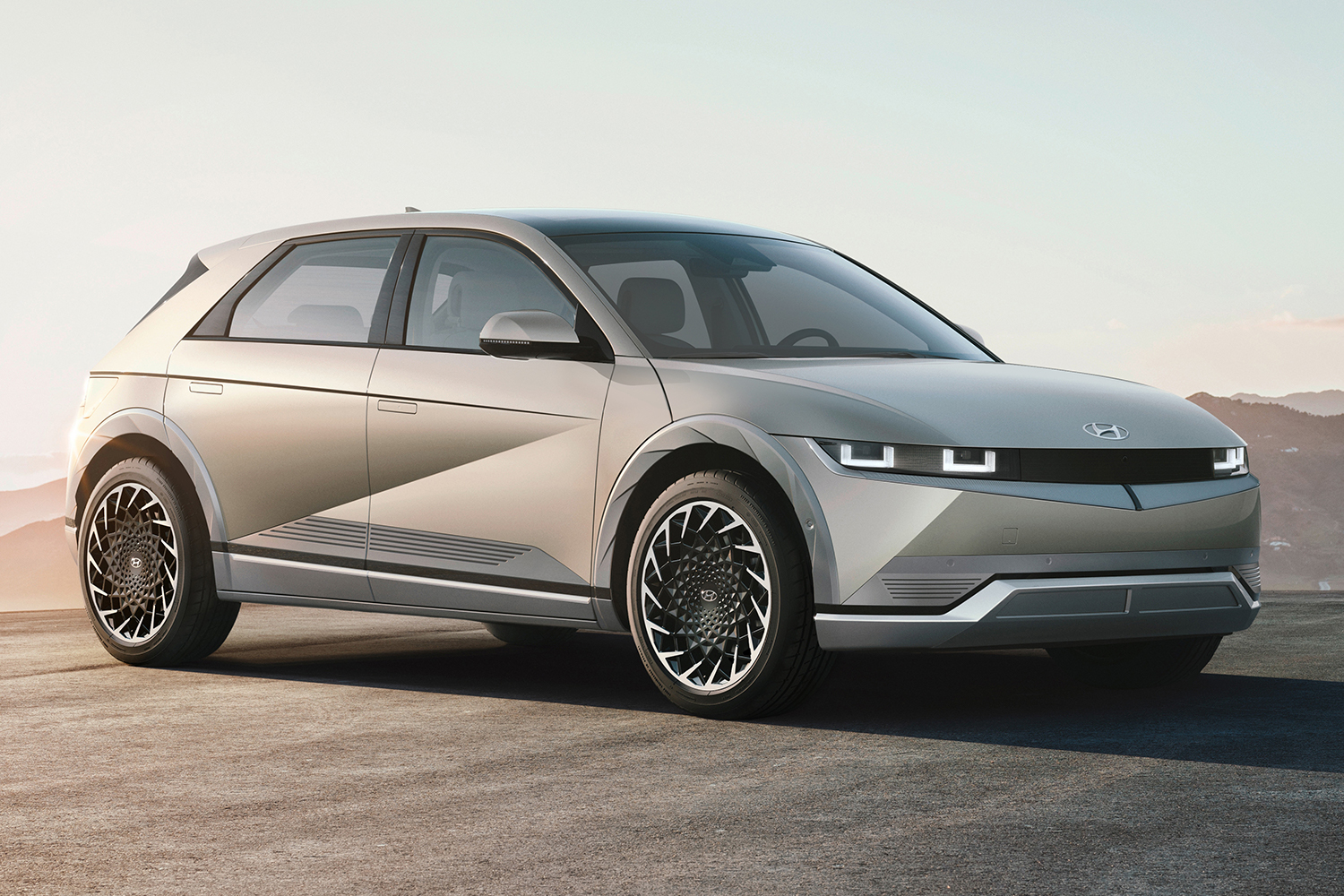Electric vehicles are, in many respects, much better than their gas counterparts despite still being in their infancy. There are no tailpipe emissions, they require less upkeep, they’re quieter and the list goes on.
But they also have unique challenges, including the fact that extreme temperatures can lead to decreased range; turning on the heat in extreme cold can put extra strain on the battery, but that problem also applies to turning on the air conditioning when it’s hot out.
Audi has come up with a clever solution that’s decidedly low-tech: paint. At this year’s Shanghai Auto Show, the automaker unveiled the new A6 E-Tron concept, the first vehicle to feature a new electric architecture co-developed by Audi and Porsche called the Premium Platform Electric (PPE), as Road & Track reported. That’s an exciting development, but as the outlet notes, the most intriguing element is the heat-reflecting paint job.
The paint, which is called Heliosilver, “offers tangible technical benefits that can help reduce energy consumption,” according to a press release. “This is because it can reflect a significant percentage of the thermal radiation in sunlight, thus reducing the amount of energy that enters the car’s body and, above all, its interior. The result is that in many situations, the occupants may not need to use the air conditioning to maintain a constant level of comfort — which is one of the main factors that has an impact on energy consumption in addition to the drive system.”
In short, if the paint reflects heat from the sun, you won’t need to crank the A/C and your EV range won’t suffer as much. It’s the same principle as the ultra-white paints being developed for buildings that will decrease heat and the need for energy-sucking A/C as temperatures rise around the globe due to climate change.
While it’s not clear if Heliosilver will be offered on the production vehicles that will come out of this concept — the first of which will be unveiled in the second half of 2022 — it would be a mistake to leave it in this one-off form. What Heliosilver proves is that there are ways to improve electric vehicles that don’t involve adding even more expensive tech.
Gas and electric vehicles alike are becoming more reliant on technology every day — from sensors to screens to cameras — which often makes them more difficult and expensive to repair. If automakers can improve their cars by rethinking something as mundane as paint, consumers will take notice.
Thanks for reading InsideHook. Sign up for our daily newsletter and be in the know.

















